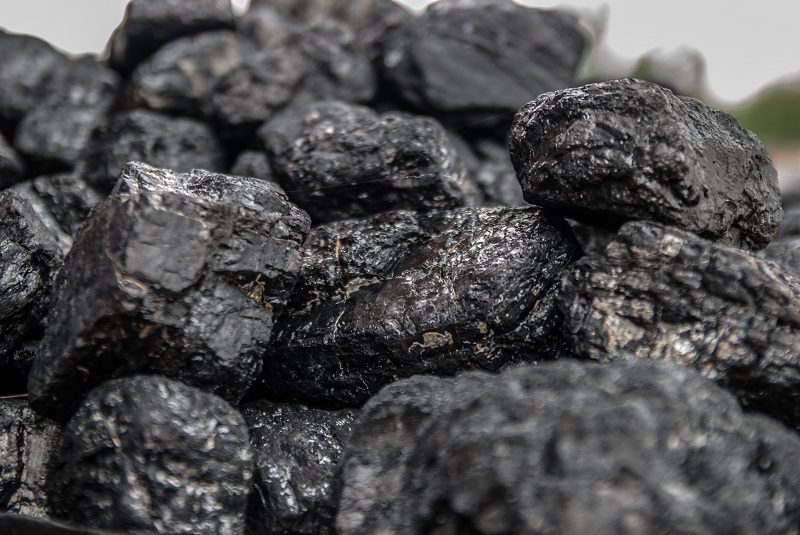Right now, the N.C. Utilities Commission is conducting the Duke Energy Carolinas (DEC) rate case, and this regulatory body will eventually make a decision on a contentious issue: Who should pay DEC’s past coal ash clean up and closure costs? Should it be the ratepayers - that is, you and me - or should it be Duke Energy Carolinas’ shareholders?
The DEC rate case will be followed by the Duke Energy Progress (DEP) rate case (together DEC and DEP make up Duke Energy) and the issues of coal ash between the two companies are similar. The total clean-up cost ranges $8 billion to $9 billion for the 80 million tons of coal ash waste and the costs of lined basins to hold the waste.
 Coal ash is one of three interrelated issues associated with coal’s continued use. The other two include the retirement or closure of coal plants, and a way to pay for “uneconomic” coal assets and their associated financial burdens. In this article, we'lldiscuss coal ash; in two subsequent articles, we'll talk about the closure of coal plants and financing that closure.
Coal ash is one of three interrelated issues associated with coal’s continued use. The other two include the retirement or closure of coal plants, and a way to pay for “uneconomic” coal assets and their associated financial burdens. In this article, we'lldiscuss coal ash; in two subsequent articles, we'll talk about the closure of coal plants and financing that closure.
Utilities across the country are facing the question of how to recover costs for handling and disposal of ash at coal-fired power plants. Duke Energy Carolinas is seeking to recover coal ash expenses from September 2017 through February 2020 for several sites at a cost of $135.5 million. The issue, though, doesn't stop with this current rate case. Duke Energy Carolinas will seek coal ash recovery costs in future rate cases for the next eight years to cover the $8 billion to $9 billion cost. And, on top of that, the utility is seeking a profit (10 percent) on the coal ash clean-up. Yes, you read that right - a profit.
The Sierra Club hired an expert witness, Mark Quarles, to speak on the issue of coal ash cleanup and the following discussion is based on his testimony. The question regulators have before them is whether the utility (1) knew that coal ash was dangerous when it was generated and disposed of; and (2) if so, why it didn't act sooner to mitigate the impacts.
Duke Energy Carolinas was well aware of the risks associated with the storage and disposal of coal ash - which contains aluminum, arsenic, boron, calcium, hexavalent chromium, iron, magnesium, manganese, silicon, strontium, sulfate, and sulfur – all of which are harmful to health and the environment. In fact, environmental risks from coal ash were understood and discussed in the electric utility industry as early as the 1970s and 1980s.
Despite that knowledge, DEC continued operating unlined landfills near streams as coal ash saturated groundwater - without any groundwater monitoring. No one can forget the February 2014 spill when a Duke Energy coal ash pit spilled more than 39,000 tons of toxic coal ash into North Carolina’s Dan River, alarming and endangering communities for miles downstream.
After the Dan River spill, North Carolina passed the N.C. Coal Ash Management Act and Duke Energy is now required to excavate and put coal ash into lined landfills. Surprisingly, the total capital and operation and maintenance (given in cost per ton) to construct an unlined surface impoundment was more than the cost to construct a synthetic-lined landfill. Despite knowing better disposal methods existed, Duke Energy still did not transition away from wet handling and disposal of coal ash when it made sense.
Because Duke has a long history of not meeting industry standards in dealing with coal-ash related issues, and because its actions were not economically sound, ratepayers should not be on the hook to pay for past and future coal ash cleanup. Duke should pay.
Next week, we'll talk about the continued operation of the Duke Energy coal units and the fact that they will remain uneconomic through 2029. The negative values associated with DEC’s coal units means that ratepayers are paying, and will continue to pay, for the uneconomic operation of the Duke Energy coal fleet.